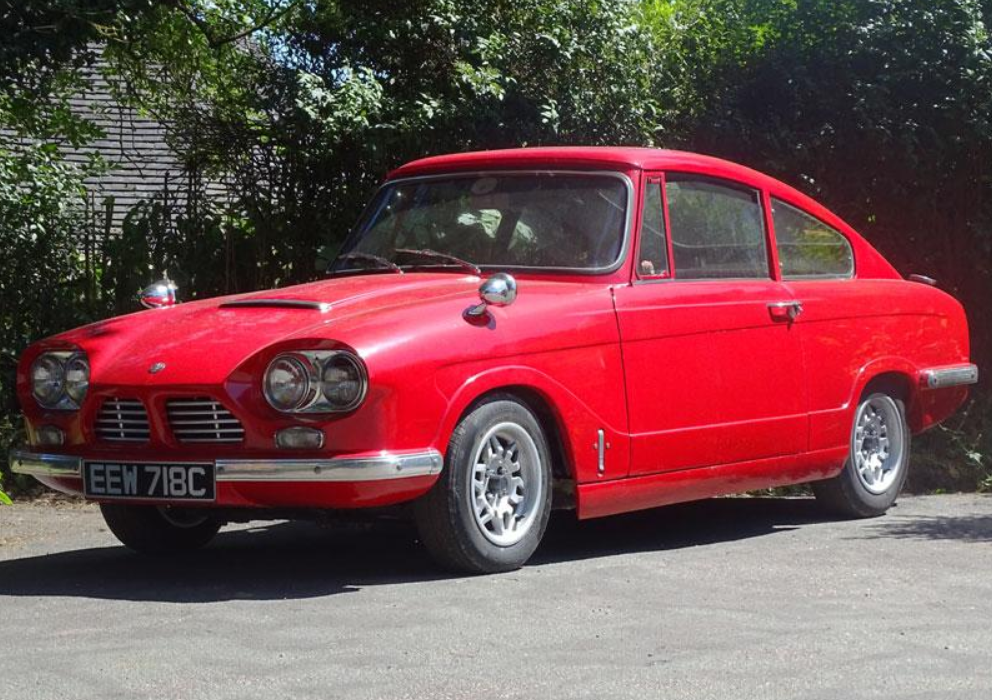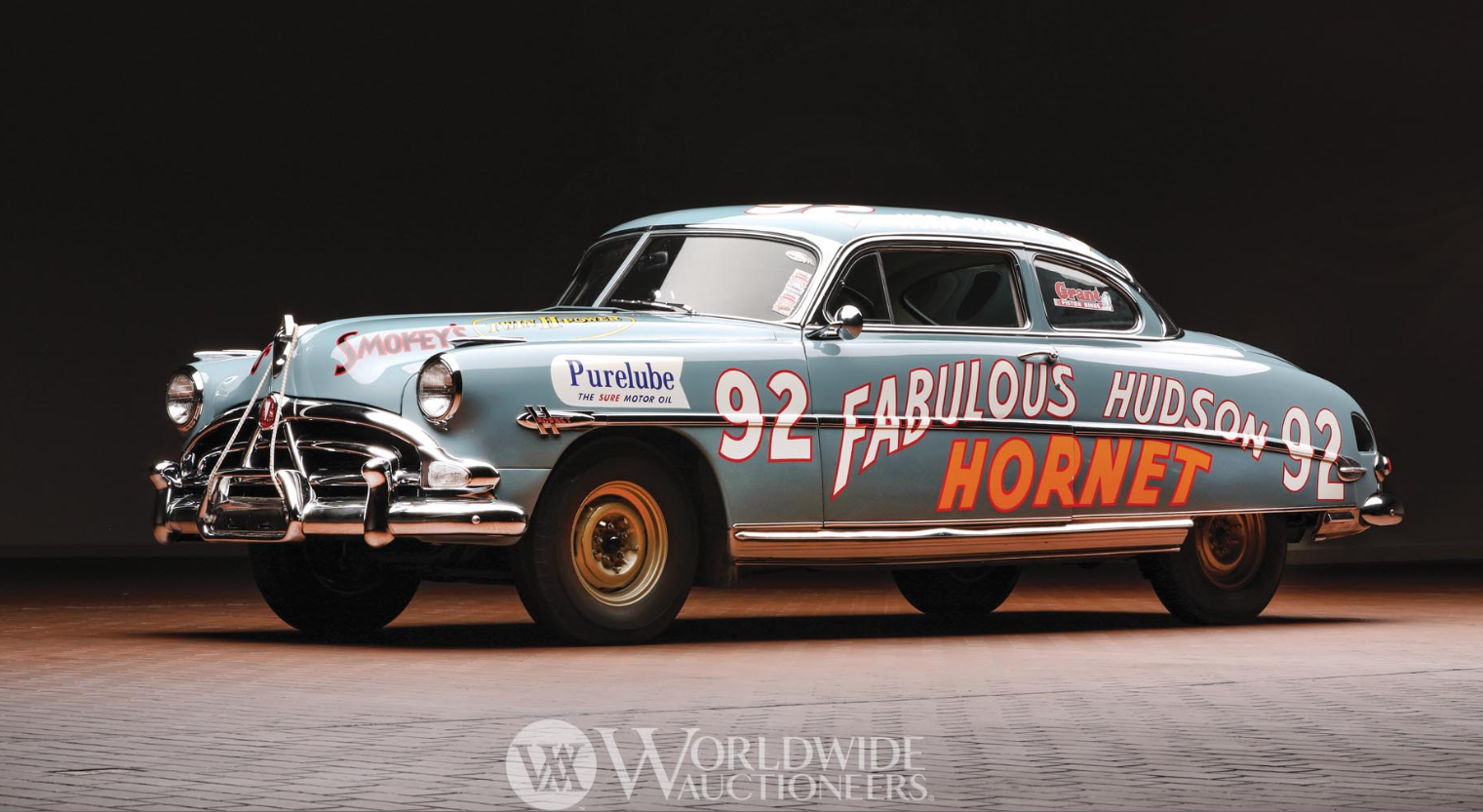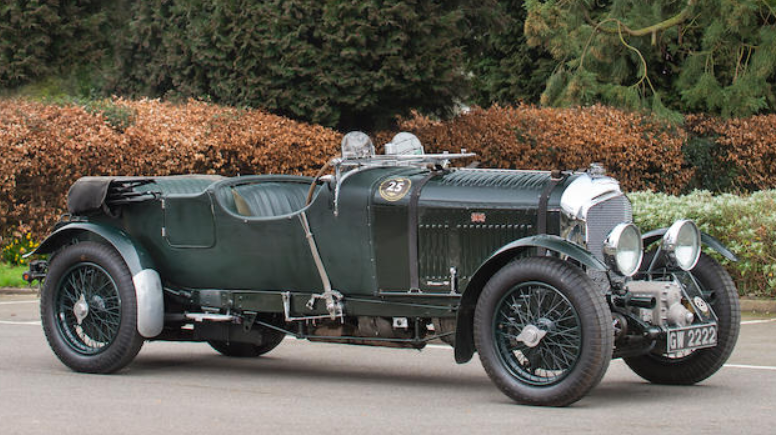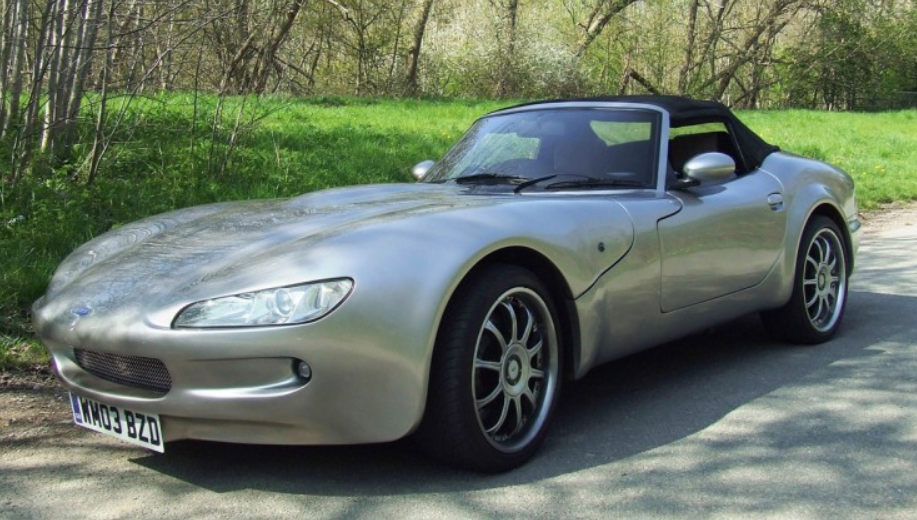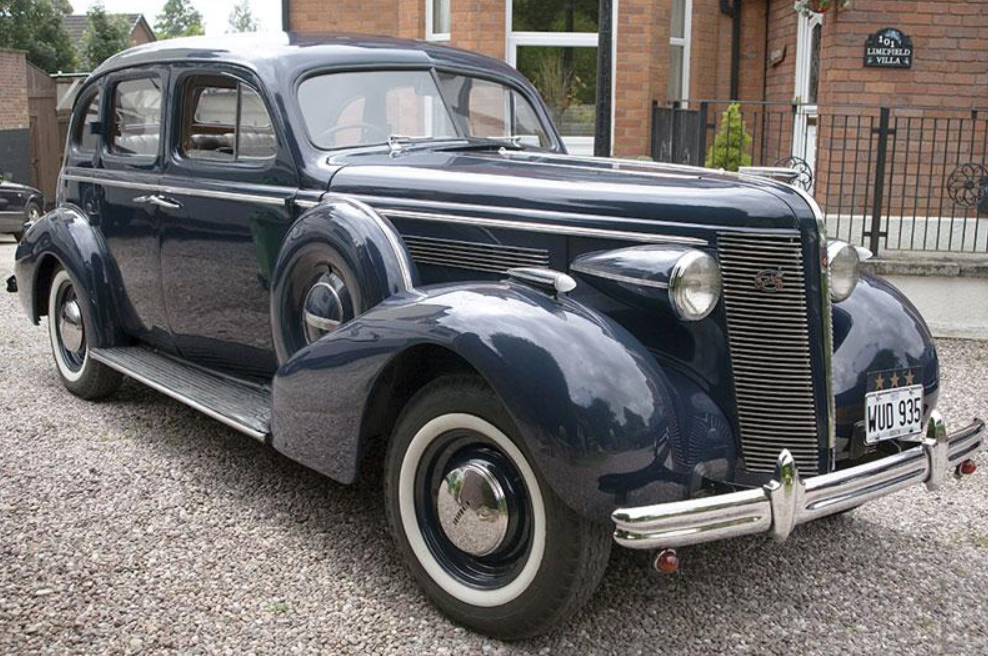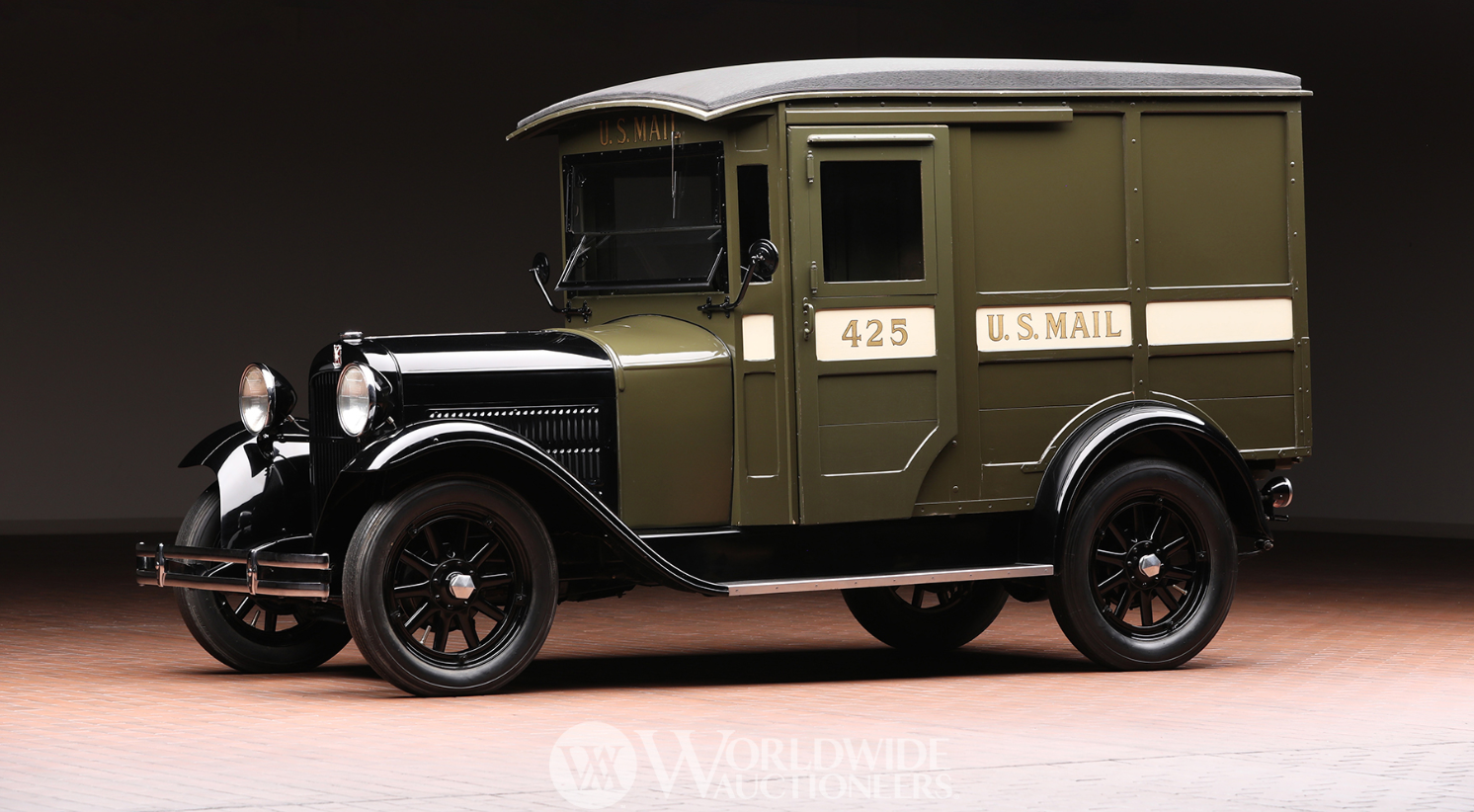1999 Beauford Series III
Offered by H&H Classics | Buxton, U.K. | July 19, 2018
Neoclassics were a type of car that first became very popular in the 1970s. But the Beauford is proof that it’s still a viable concept 40 years later. They got their start in Lancashire in the mid-1980s selling Mini-based kits.
Beaufords are designed to look like large 1930s touring cars. And that’s kind of why, especially in the U.K., they’re still around. The “wedding car” industry is sort of unique to Britain where couples want to be toted around in a grand old car on their big day. And this is the perfect car for that. In fact, it’s sort of designed around being able to do that.
The running gear is centered around a 2.0-liter Ford straight-four and a 4-speed manual transmission. The interior is modern with an old-time setup. It’s got the fiberglass body that takes you back in time, but it’s likely much more reliable than a 60 year old Jag. There is an active owners club and you can always make money on the side with it. The price should be in the $18,000-$22,000 range. Click here for more info and here for more from this sale.
Update: Not sold.


